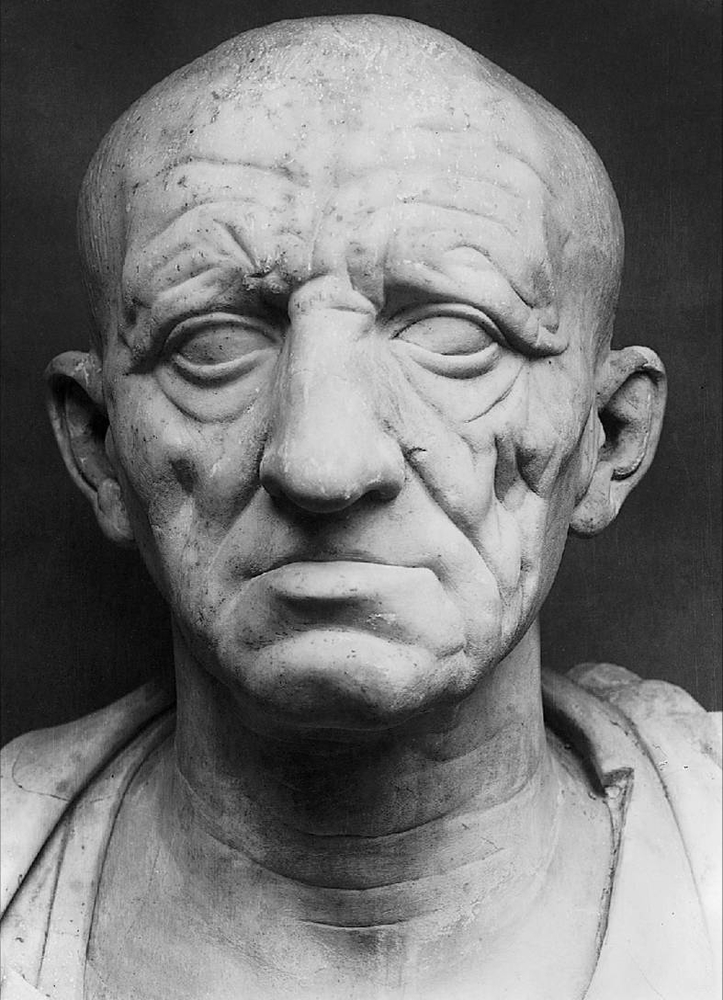Comments (2)

Maybe it should have been 'last painting of my patron, Jan de Witt'

We do our best to use images that are open source. If you feel we have used an image of yours inappropriately please let us know and we will fix it.
Our writing can be punchy but we do our level best to ensure the material is accurate. If you believe we have made a mistake, please let us know.
If you are planning to see an artwork, please keep in mind that while the art we cover is held in permanent collections, pieces are sometimes removed from display for renovation or traveling exhibitions.

Contributor
The de Witt brothers were wealthy and well educated. Cornelis had a successful military career and rose to the position of burgomaster of Dordrecht (i.e. mayor of a major city), whereas Jan was a mathematician and lawyer who made it all the way to the top of the political heap and was the de facto leader of the Dutch Republic.
August 20, 1672 was not a good day for the dynamic duo as they found themselves surrounded by a hostile mob in favor of restoring the monarchy. The mob beat the brothers to death with sledgehammers, hung them upside down, and cut of their fingers, penises, and various other bits, some of which were cooked and eaten, others which were sold as souvenirs. Their hearts were cut out and put on display as well. How delightful! In his novel The Black Tulip Alexandre Dumas described the whole scene in great detail. The Hague Historical museum still has a de Witt tongue and a finger on display, as well as collection of torture instruments.
On the back of the painting there is an inscription in Dutch which reads: 'these are the corpses of Jan and Cornelis de Witt painted from life by a famous artist as they hung from the 'wip' at eleven pm. Cornelis is the one without wig. Jan de Witt has his own hair. This is the only image painted from life on August 20, 1672, and is therefore worth a lot of money.'
Featured Content
The Corpses of the De Witt Brothers is a c. 1672–75 oil on canvas painting by the Dutch Golden Age painter Jan de Baen, now in the Rijksmuseum in Amsterdam. It shows the dead and mutilated bodies of the brothers Johan and Cornelis de Witt hanging upside down on the Groene Zoodje, the place of execution in front of the Gevangenpoort in The Hague.
Check out the full Wikipedia article about The Corpses of the De Witt Brothers

Maybe it should have been 'last painting of my patron, Jan de Witt'
'painted from life' seems an ironic way to describe a painting of two corpses.